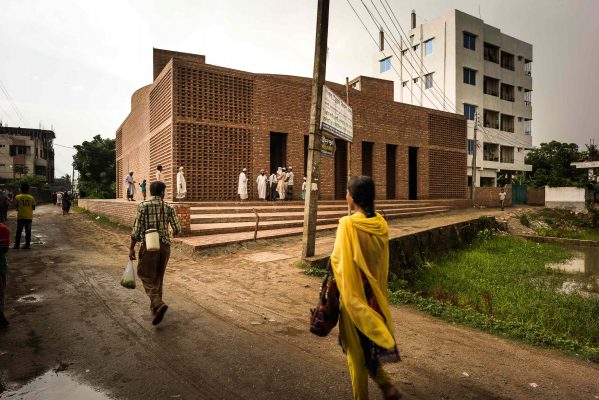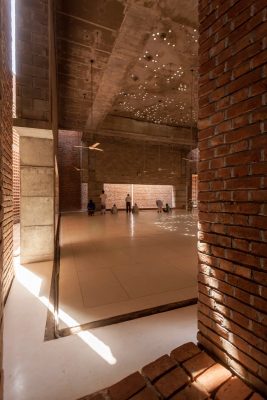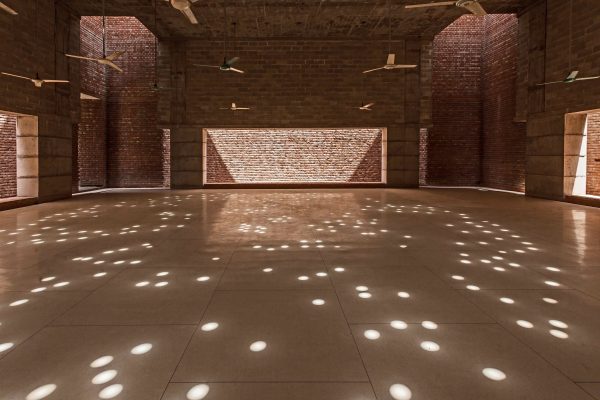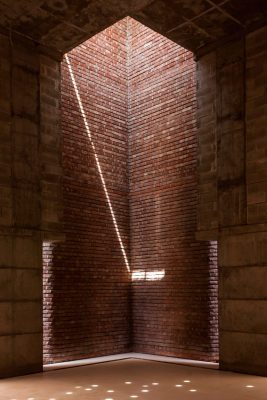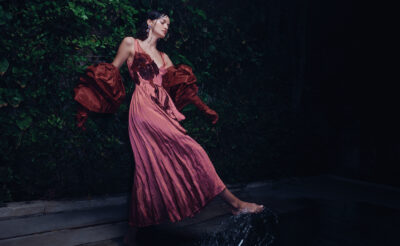“It was in the evening, I was packing my bag for a trip to America,” recalls Bangladesh-based architect Marina Tabassum. “I noticed a missed call on my mobile followed by an text from Farrokh Derakhshani [Director of the Aga Khan Award for Architecture]”. The following 15-minute wait for Derakhshani’s call to find out whether her Bait Ur Rouf Mosque had been shortlisted was painstaking. “Finally he called and shared the news. I was alone at home so there was no way to share my excitement with anyone. After we hung up I called my father to let him know.”
Tabassum’s Bait Ur Rouf Mosque in Dhaka was one of 19 shortlisted projects for the Aga Khan 2016 Award. She is officially one of six winners, it was announced earlier today. Each building underwent various rigorous investigations by on-site reviewers as their creators competed for USD 1 million in prize money. Established by the Aga Khan in 1977, the award encourages building concepts that successfully address the needs of communities in which Muslims have a significant presence.
In 2005, Tabassum’s grandmother Sufia Khatun donated a large section of land for the mosque to be built. “One evening she invited me for a cup of tea with her,” remembers Tabassum. “She had a map of her property that is situated in the north of Dhaka. She proposed that she wanted to donate a part of her property to build a mosque and gave me the responsibility to build it”. A temporary structure was erected, but Khatun passed away the following year.
After her death, it became even more important to Tabassum and her family to bring Khatun’s project to completion. “She lived a life of humility after my grandfather passed away in 1971 when the war of liberation was at its peak.” In 2002, Khatun’s eldest daughter – Tabassum’s mother – also lost her life in an accident. “It was one of the lowest points in my life. I was struggling quite badly. It was also a time when I left my partnership of ten years and started my practice MTA. That was 2005 and the mosque was the first project I received as commission. Working on the project was not only a design work for me, it was a process of healing. That’s why this project is specially close to me personally.”
In an increasingly dense neighbourhood of Dhaka, the Bait Ur Rouf Mosque was finally completed in 2012. Inspired by Sultanate Mosque architecture, it breathes through porous brick walls, keeping the prayer hall ventilated and cool. Natural light brought in through a skylight is ample for the daytime.
“Bait Ur Rouf Mosque addresses the very essence of Islam devoid of ritualistic attributes and goes back in time and questions ‘what is a mosque?’. I addressed spirituality as the basic element of design. I believe that quintessence of tradition is not in worshiping ashes but preserving the fire.”
The history of architecture and its various traditions, as well as overarching stylistic trends, heavily influences Tabassum’s design. She’s particularly fond of the prayer hall, as well as the mosque’s acoustics, but adds, “I think I feel most proud when the mosque gets filled with people for a prayer. I remember my grandmother every time I witness that and think she would have been just as proud.”

